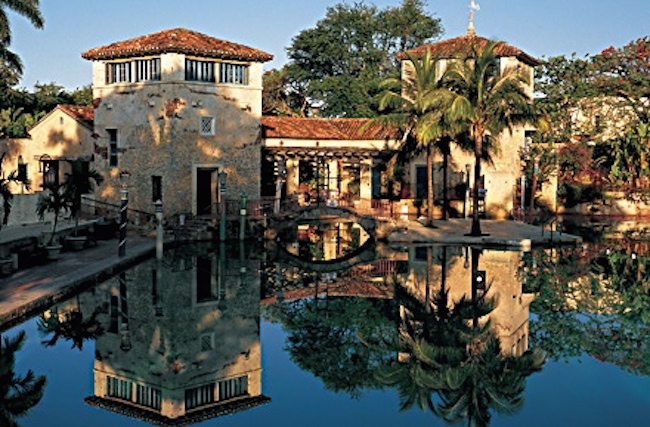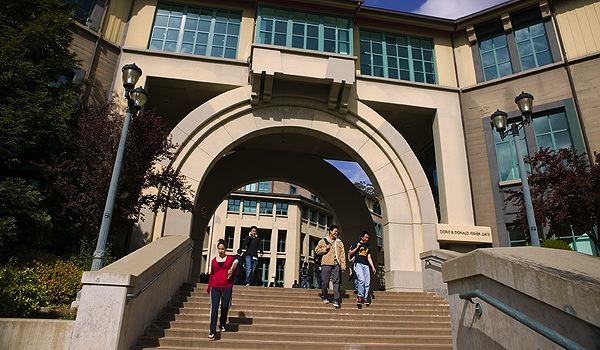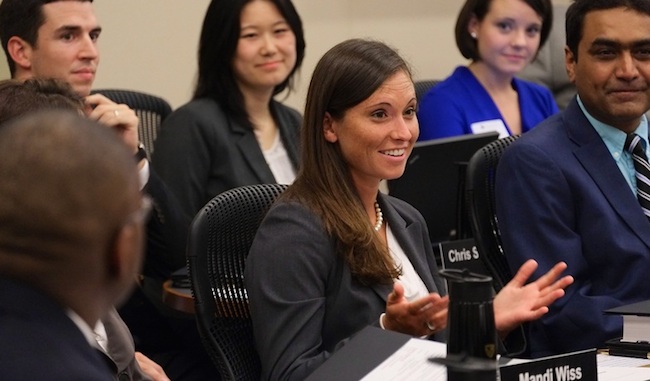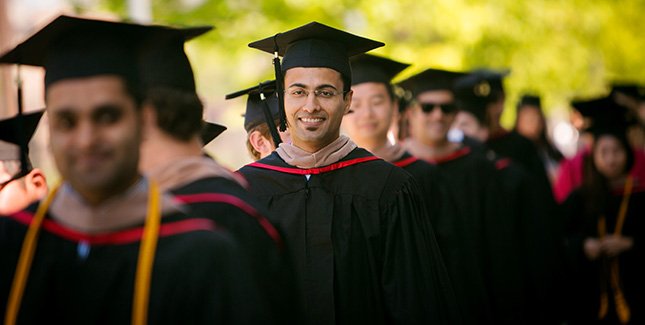
First class accommodations and gourmet meals are part of the deal at Kellogg School of Management’s Executive MBA program in Miami
7) The World’s Big-Ticket Executive MBA Programs
When it comes to Executive MBA programs, we know the biggest hurdle for most managers and executive is cost. It’s no secret that these accelerated programs for more seasoned professionals to earn an MBA are the most expensive business degrees. But a new analysis by Poets&Quants confirms that EMBA degrees are pricier than ever.
The MBA program with the highest price tag on the planet? The Executive MBA programs in Evanston, Ill., and Miami, Fla., from Northwestern University’s Kellogg School of Management. The current listed cost for the latest MBA cohort joining Kellogg this month is $187,290. That price doesn’t include an expected 3% to 5% increase that will likely occur this spring for cohorts that enter the program in September of this year or January of 2017 when the price tag will rise to over $191,000.
To get to that lofty spot, Kellogg has increased the cost of its EMBA program by 22% in the past five years, when the cumulative rate of inflation was just 8.8%. That’s an increase of $33,390, from $153,900 in early 2011. Even so, on a percentage basis, a few other schools have actually boosted their prices further. The University of Chicago’s Booth School of Business hiked the price of its EMBA by 26%, or three times the rate of inflation. That rise lifted the cost of Booth’s Executive MBA by $37,000, to $179,000 now, versus $142,000 just five years ago.

Berkeley-Haas will welcome its first stand-alone EMBA class in May
8) Haas Tops New U.S. News Ranking Of Part-Time MBA Programs
Ah….rankings. Love them or hate them, we all read them. And this is one of the more obscure and hard to find rankings of the most popular of all MBA programs, part-time experiences. UC-Berkeley’s Haas School of Business again claimed first place in U.S. News & World Report’s ranking of the best part-time MBA programs in the U.S. A familiar cast of big brand business schools dominates the top of the list, with Chicago Booth, Northwestern Kellogg, New York University’s Stern School, and UCLA’s Anderson School rounding out the top five.
At a time when enrollment in many part-time MBA programs has been declining, the new U.S. News ranking, published March 10, is still a reminder of the popularity of evening MBA programs. Enrollment in part-time programs vastly exceeds full-time or distance learning MBA offerings despite a falloff at many schools.
In fact, even the highly ranked programs have not escaped drops in enrollment. Four of the top five ranked programs show lower part-time enrollments from two years ago. Part-timer students at New York University’s Stern School has fallen to 1,696 from 2,031 just two years ago. Despite the decline, NYU’s part-time program remains the largest in the nation, followed by the University of Chicago, with 1,378 students, and St. Joseph’s University in Philadelphia, with 1,211 students. Only five schools have part-time enrollments that exceed 1,000 students. The other two are the University of Massachusetts at Amherst and the University of Minnesota, with 1,185 and 1,122, respectively.

MBA students at Wake Forest University’s part-time program
9) Why Interest In Part-Time MBA Programs Is Sagging
Applicants and enrollment in the largest segment of the MBA market–those evening part-time programs that allow students to juggle work and study–have been falling for several years. And the decline seems to be accelerating to levels that have deans worried.
More than half of part-time programs reported a decline in applications in 2013, the largest percentage showing downturns in five years, according to data from the Graduate Management Admission Council. Some 53% of the business schools said part-time applications were down, compared to 42% a year earlier and 45% in 2009. The smallest percentage in five years–just 29%–reported that their apps were up. That’s a big drop from the previous year when 44% saw some increase.
Surveys of prospective MBA students show that things aren’t expected to improve anytime soon. In fact, the trend line is cause for even more worry and concern. In 2009, 39% of prospects of MBA prospects were interested in a part-time degree, that number fell six percentage points to 33% in 2013, according to a 2014 GMAC survey.
“We keep hoping to find a bottom,” says Phil Miller, assistant dean of MBA programs at the University of Minnesota’s Carlson School of Management. “I would say this is it, but this year we continue to be down from last year, and last year we’re down from the year before.”

2015 Commencement Weekend: Students en route to the Johnson (JGSM) Ceremony.
10) Why An Elite MBA Is Definitely Worth It
A few years ago, we asked Daniel Kehrer to candidly write about his experience in the EMBA program at UCLA’s Anderson School. His essay remains one of our most popular stories. We think it’s because he simply tells it like it is: “Straight up: If you tackle an Executive MBA (EMBA) program at a top tier business school, your next two years will be hell,” he writes. “But at least it’ll be a good, brain-boosting, endorphin-enriched, caffeinated kind of hell.
“Been there. Done that. I have a traditional media background, specialized in business, and witnessed publishers struggling with digital transformation. I started or co-founded four businesses in Washington, DC, New York and Los Angeles, wrote six business-related books, and long considered getting an MBA to cope with a media world turned digitally upside down.”
Kehrer goes on to describe what it was like to take the GMAT after a quarter of a century out of school, how it was to competitor a slot in one of the most elite programs, and then what the entire experience was like. If you’re thinking of taking the plunge, this is a good place to start.





Questions about this article? Email us or leave a comment below.